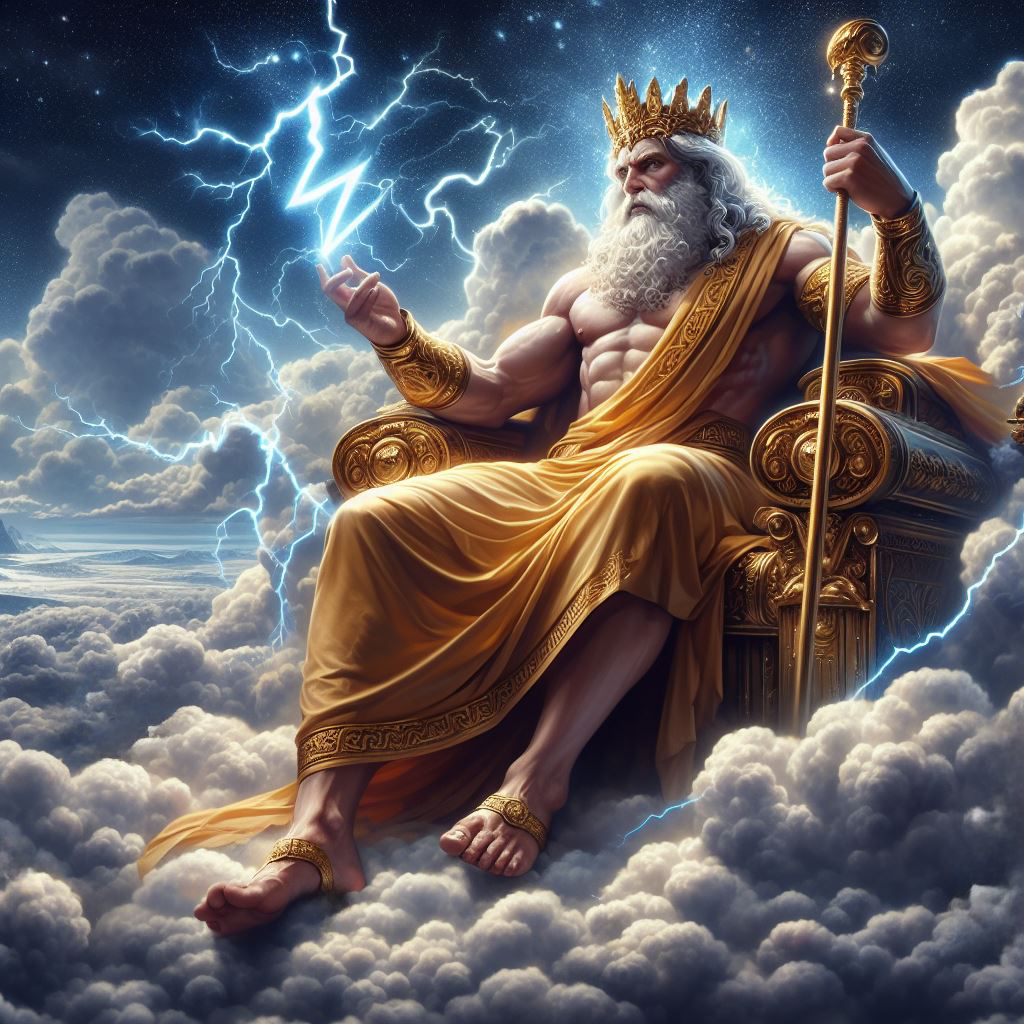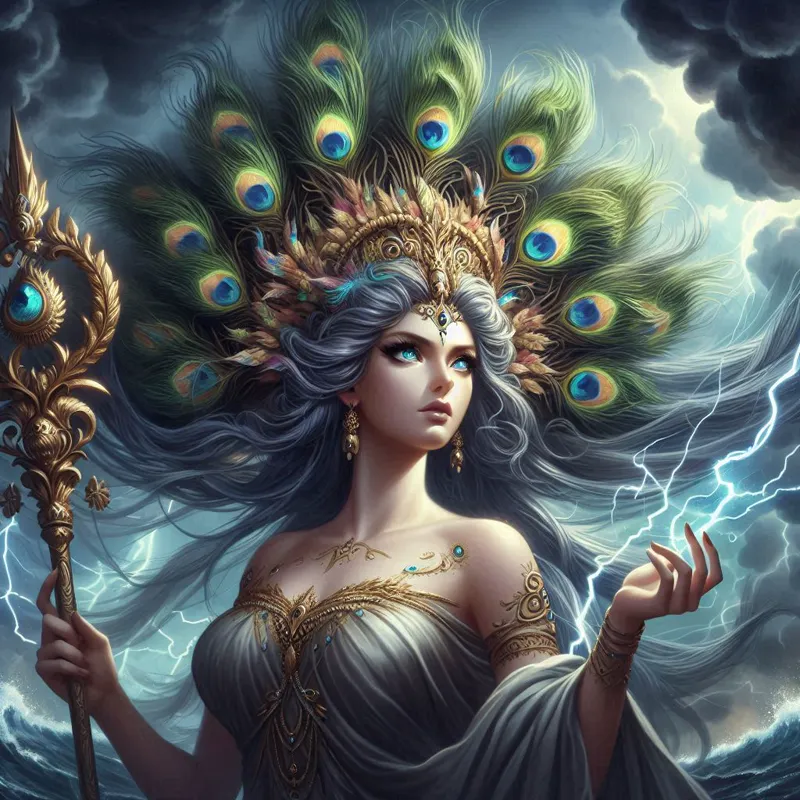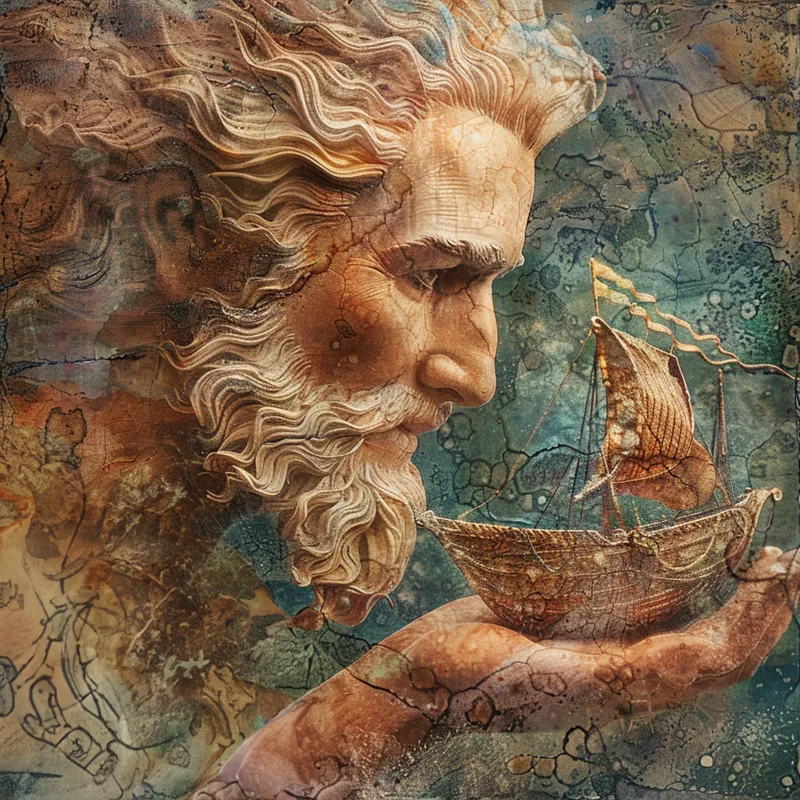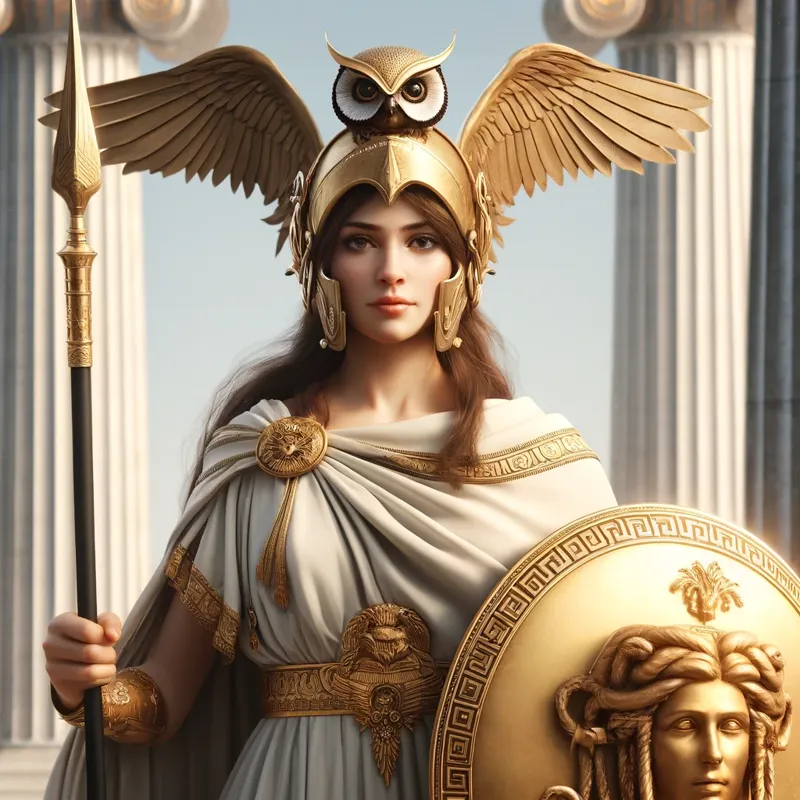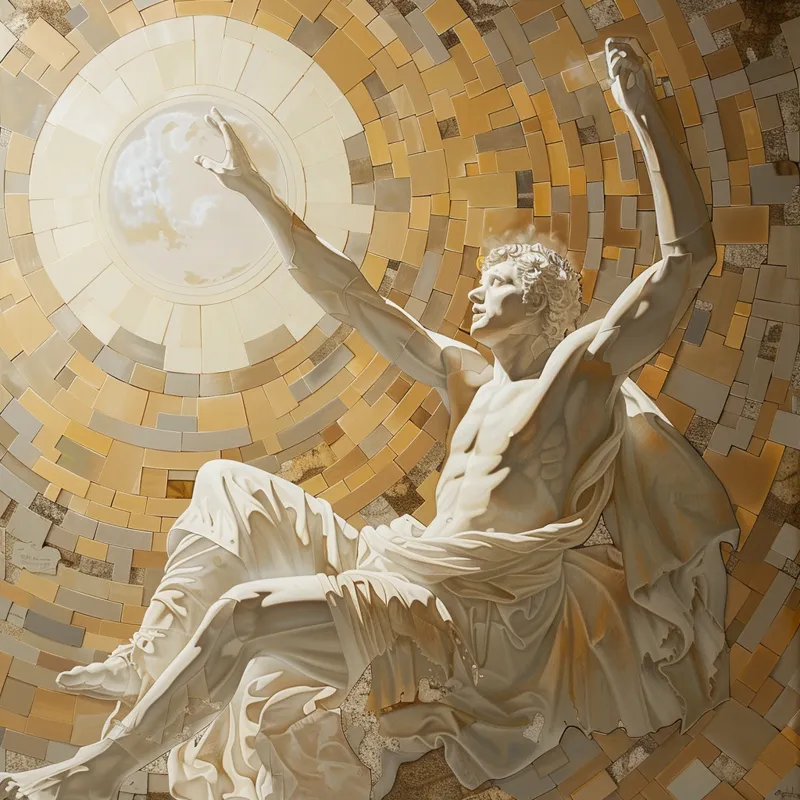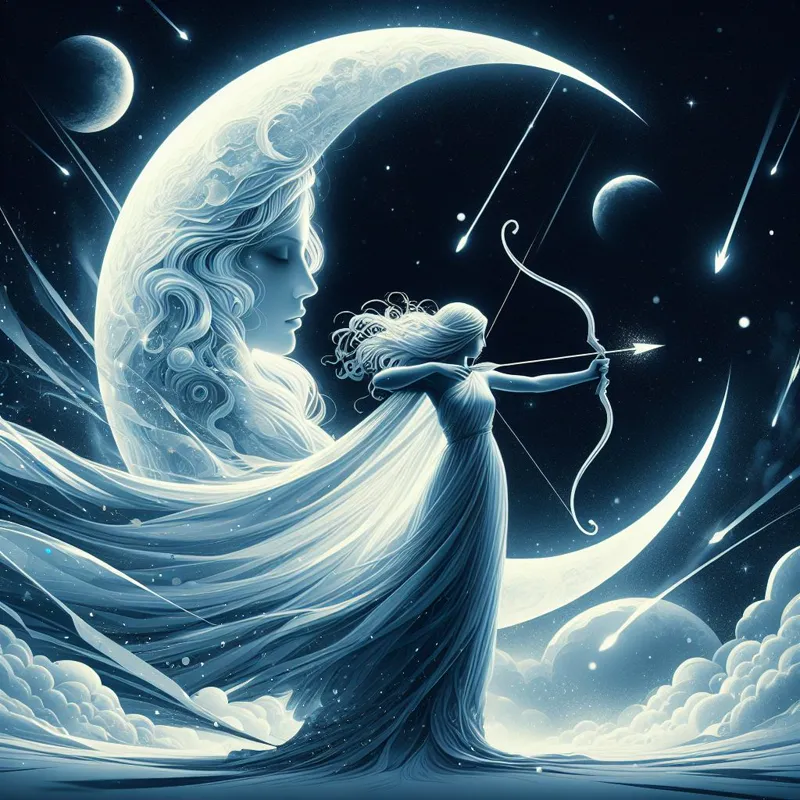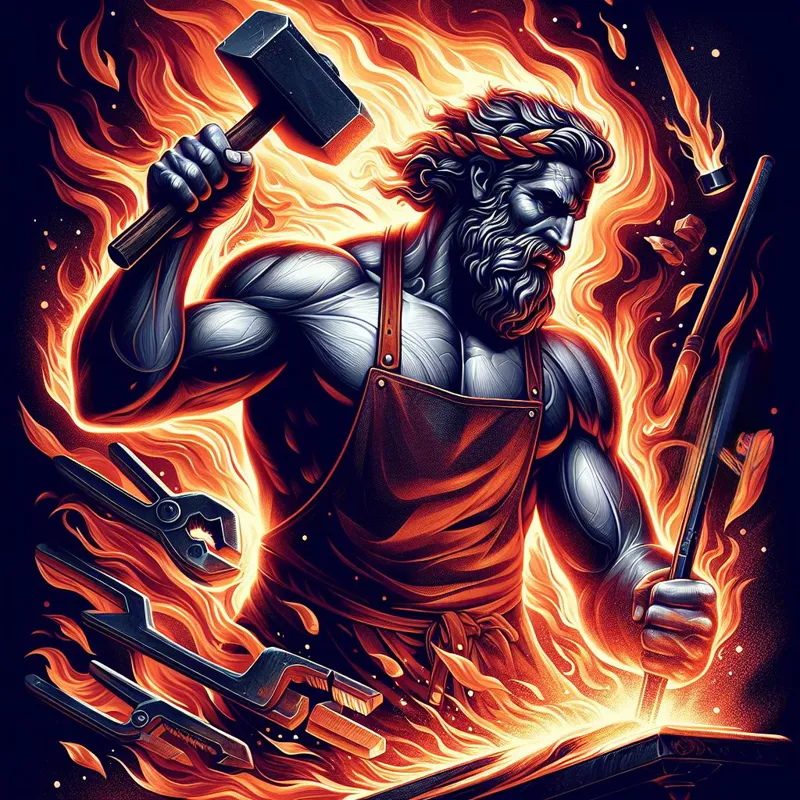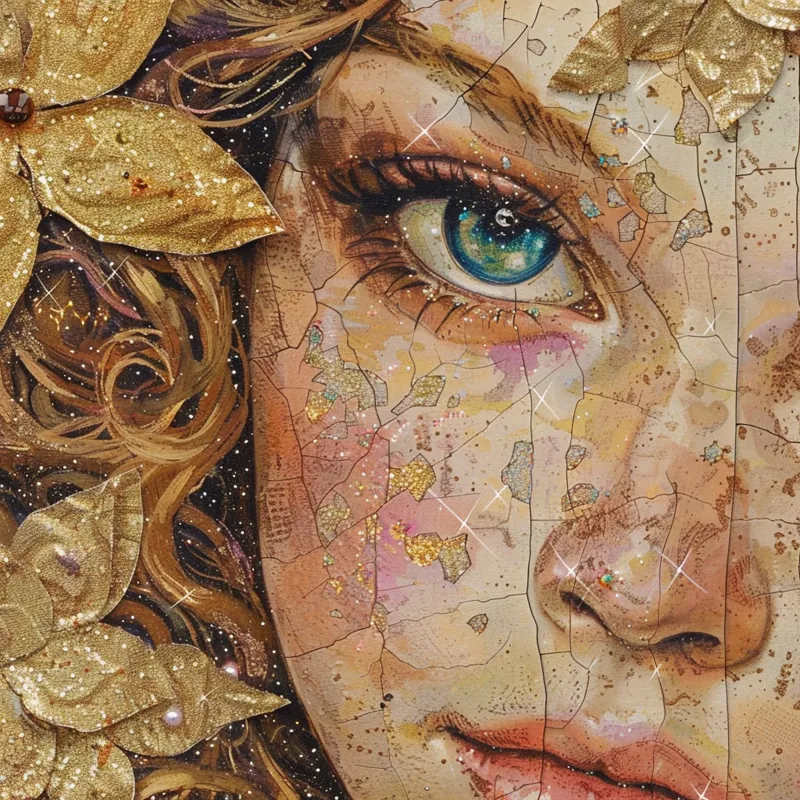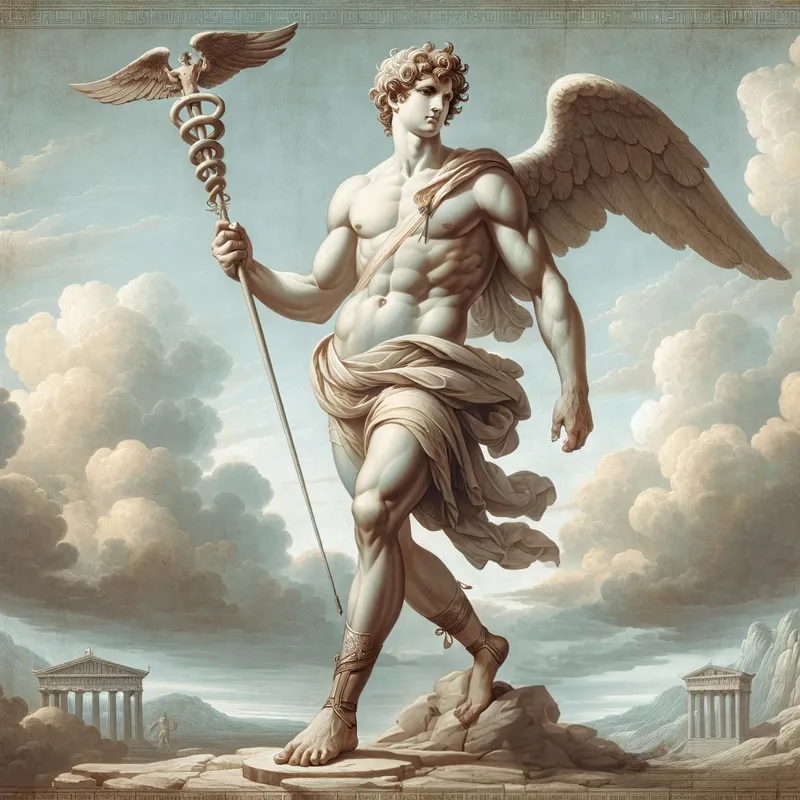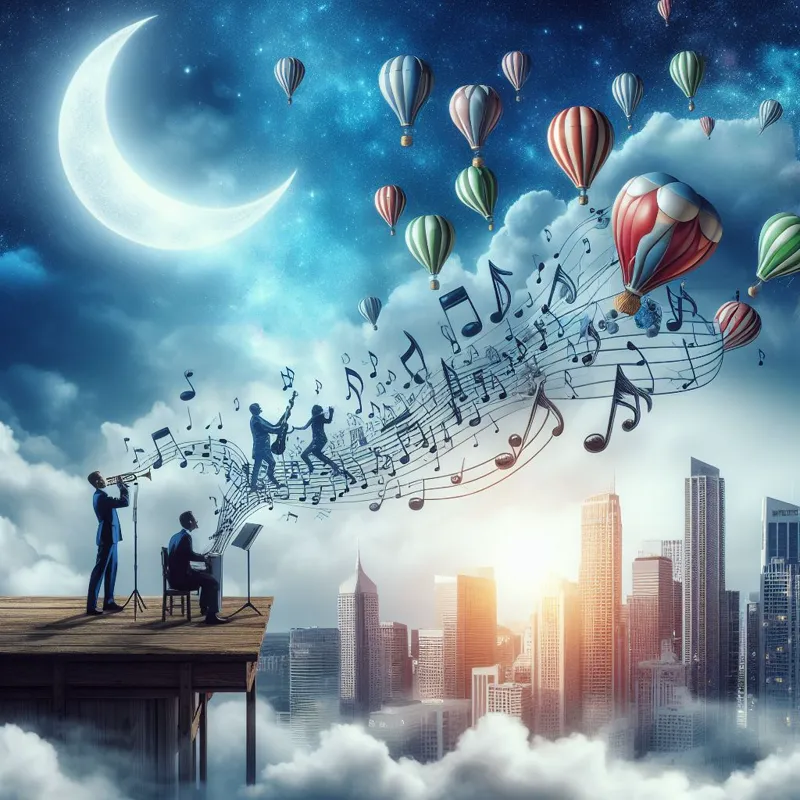
Allure of the night
From the shadowy corners of ancient folklore to the luminous spotlight of modern cinema, the myth of the vampire has been an ever-evolving testament to society's fears, fascinations, and fantasies.
Its roots trace back to tales of bloodthirsty spirits and monsters, yet it has managed to reinvent itself time and again, reflecting the zeitgeist of every era it has traveled through. This exploration provides a brief journey through the many faces of the vampire myth and how it has transformed across time.
Ancient Civilizations and Early Vampiric Entities

Consumed by demons
Long before the suave, cloaked figure of Count Dracula entered popular culture, ancient civilizations held beliefs in creatures with vampiric qualities. The Greeks, Romans, and Egyptians all had legends of demonic entities or spirits who would drink the blood of the living.
In ancient Greece, for example, the Lamia was said to be a woman transformed into a monster who consumed children's blood. Similarly, in Chinese folklore, the 'jiangshi', a reanimated corpse, sought to absorb the life force of the living. These early myths often served as cautionary tales or explanations for inexplicable deaths and diseases.
Eastern Europe and the Slavic Vampire
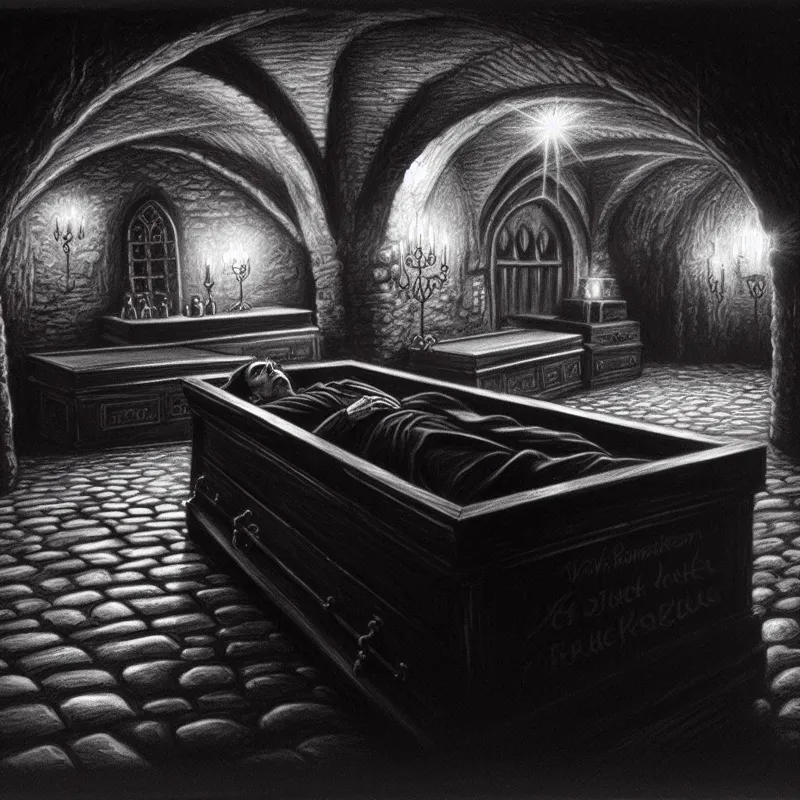
No peace
The term 'vampire' and many of the modern myth's characteristics originate from Eastern Europe, particularly the Slavic regions. Here, legends of the 'nosferatu' or 'upir' depicted blood-drinking revenants, often thought to be individuals who had led sinful lives or those who died in unusual circumstances.

Dreary confines
During the Middle Ages and the Renaissance, outbreaks of plagues and misunderstood medical conditions led to many vampire scares in these regions. Stake-wielding villagers would sometimes exhume bodies, noting natural decomposition processes as 'proof' of vampirism, and would then employ various methods to prevent the undead from rising again.
5th Century to Middle Ages: Church Influence and the Undead

Zombie walk
As Christianity spread throughout Europe during the Middle Ages, the Church began interpreting and reshaping various local beliefs, including those surrounding the undead. In an attempt to align or debunk pagan superstitions, the Church inadvertently gave more prominence to certain tales of the undead.
Stories emerged of revenants or nocturnal spirits, often labeled as 'vampires' in different vernaculars. These creatures were believed to rise from their graves, not out of a thirst for blood, but due to unresolved worldly affairs, sinful lives, or unholy circumstances surrounding their deaths.
These early vampires bore little resemblance to the sophisticated figures of later literature but were deeply feared. To prevent these beings from rising, practices like staking, beheading, or placing bricks in the deceased's mouth became prevalent in some regions.
Renaissance and Enlightenment: Rationalizing the Myth
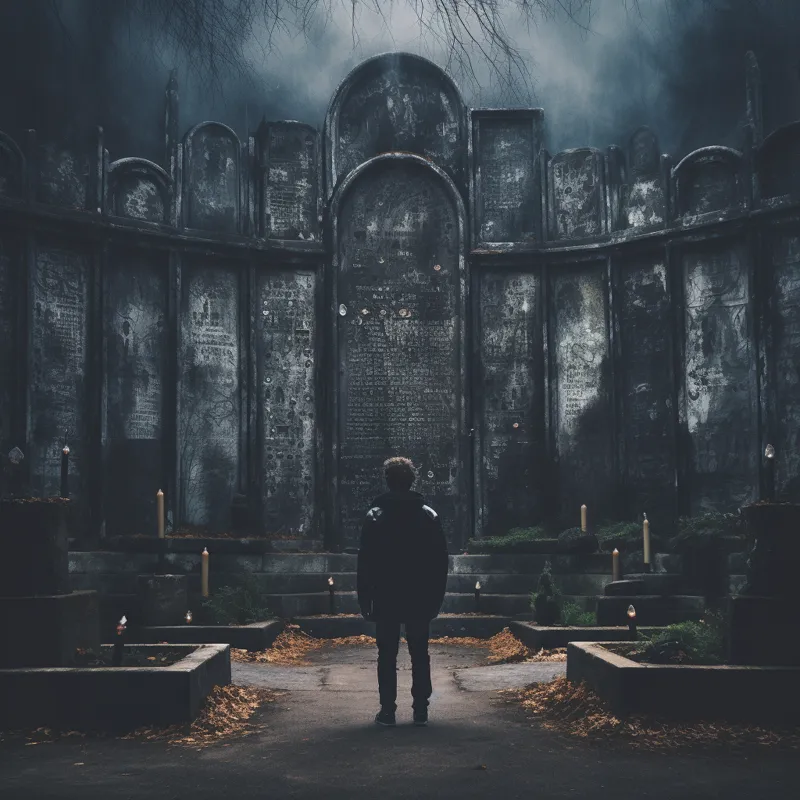
The monument to...
The Renaissance and Enlightenment periods were marked by a surge in scientific inquiry, skepticism, and a challenge to previously held supernatural beliefs. As intellectuals and writers began to explore the natural world and human psychology in depth, the traditional vampire myths were often questioned.
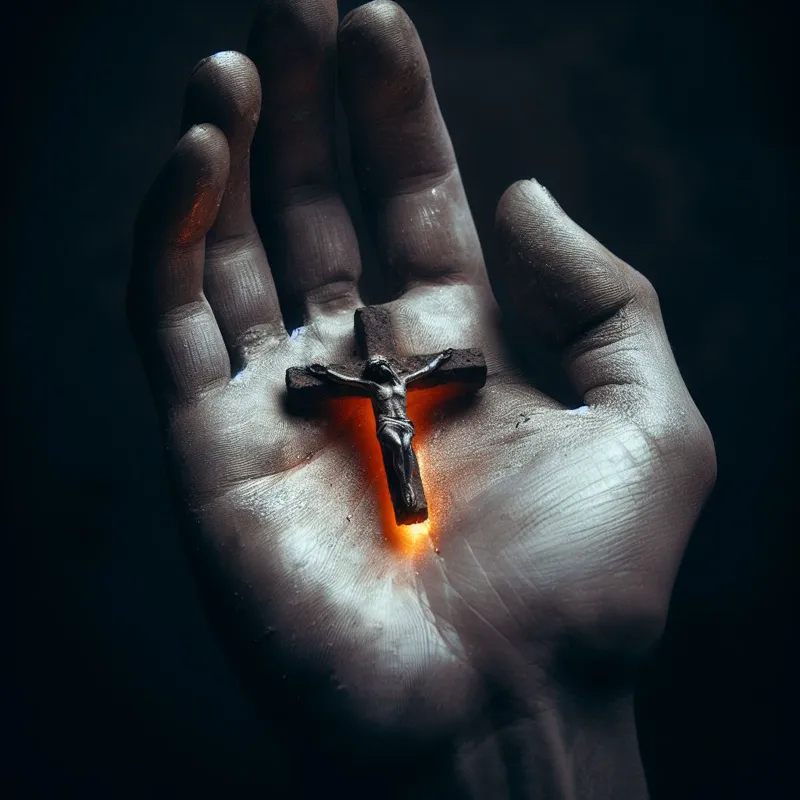
To fear sacrifice
Some attempted to offer scientific explanations for vampiric phenomena, attributing them to diseases or medical conditions. The symptoms of certain illnesses, like porphyria or catalepsy, were sometimes misinterpreted as signs of vampirism.

What type of person did they want me to be?
However, even as the age aimed at rationalizing many myths, the allure of the vampire persisted. It was during this era that the groundwork was laid for the vampire to transform from a feared revenant into a more complex, often tragic figure in literature and art.
The Romantic Era and Literary Vampires

Holding on
The 19th century brought about a transformation in the vampire's image, largely thanks to English and Western European literature. John Polidori's 'The Vampyre' (1819) and Bram Stoker's 'Dracula' (1897) were particularly influential. These tales shifted the perception of the vampire from a grotesque, revenant creature to a sophisticated and often charismatic figure.

A long walk
Dracula, in particular, has shaped almost every subsequent representation of the vampire myth, blending elements of ancient superstitions with Victorian sensibilities and fears.
20th Century: Hollywood and Pop Culture Vampires

Penance
Hollywood's portrayal of vampires has played a crucial role in shaping the modern myth. With films like 'Nosferatu' (1922), 'Dracula' (1931), and later, 'Interview with the Vampire' (1994), the vampire was both feared and romanticized.

The light
Vampires began to exhibit a duality, representing both danger and allure. Television series like 'Buffy the Vampire Slayer' and 'True Blood' introduced moral complexities, with some vampires striving for redemption and coexistence with humans.
21st Century: The Twilight Effect and Beyond

Bathed in sunlight
The 21st century saw the vampire myth evolve further, largely influenced by Stephenie Meyer's 'Twilight' series. These novels, and the films that followed, shifted the vampire figure from a menacing predator to a brooding, often youthful, lover. Vampires became central figures in teenage dramas and romantic fantasies.

Back to the beginning
Concurrently, other media like the 'Castlevania' series or 'The Strain' sought to preserve or return to the darker, monstrous roots of vampire lore. The versatility of the vampire myth ensures its continued relevance and adaptability to societal changes and tastes.
The vampire, a timeless figure of fear and fascination, has journeyed through millennia, mirroring our deepest anxieties and desires. Its metamorphosis from ancient demon to modern-day romantic hero illustrates the adaptability of myths and their potent hold on the collective imagination. As society continues to evolve, so too will the vampire's tale, reminding us of the enduring power of storytelling and the eternal dance between darkness and light.


